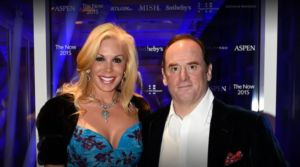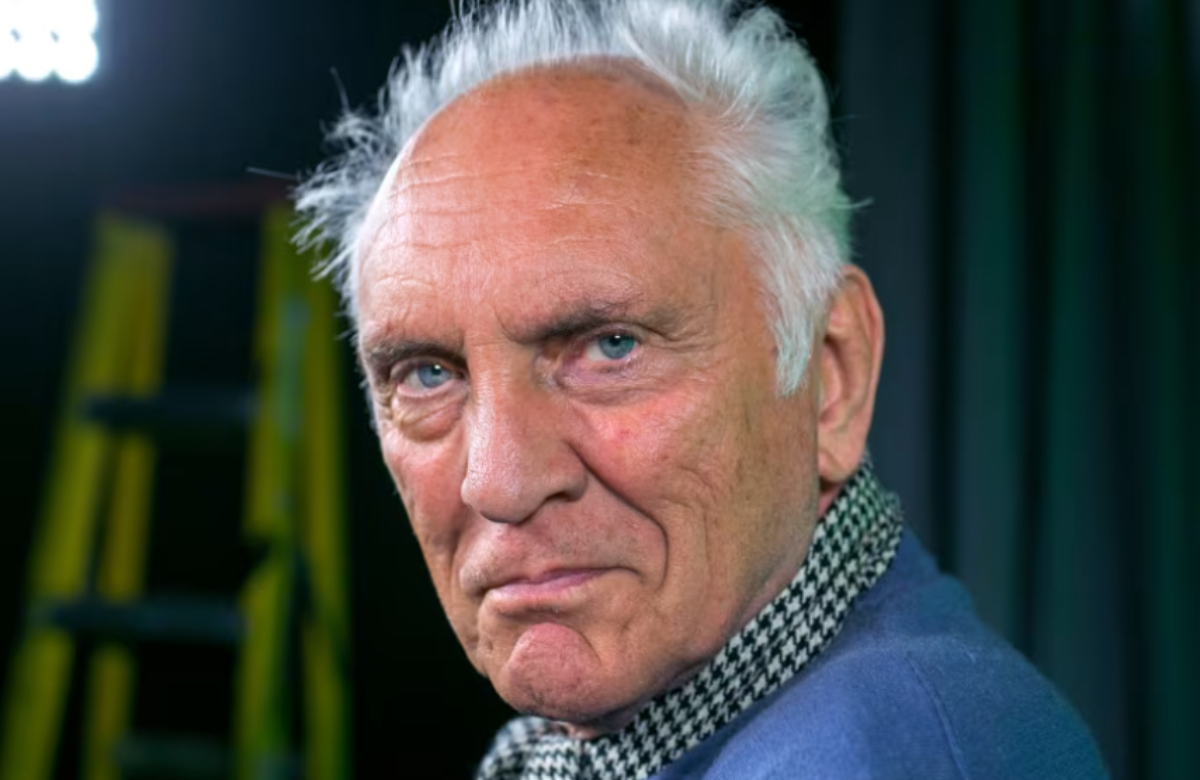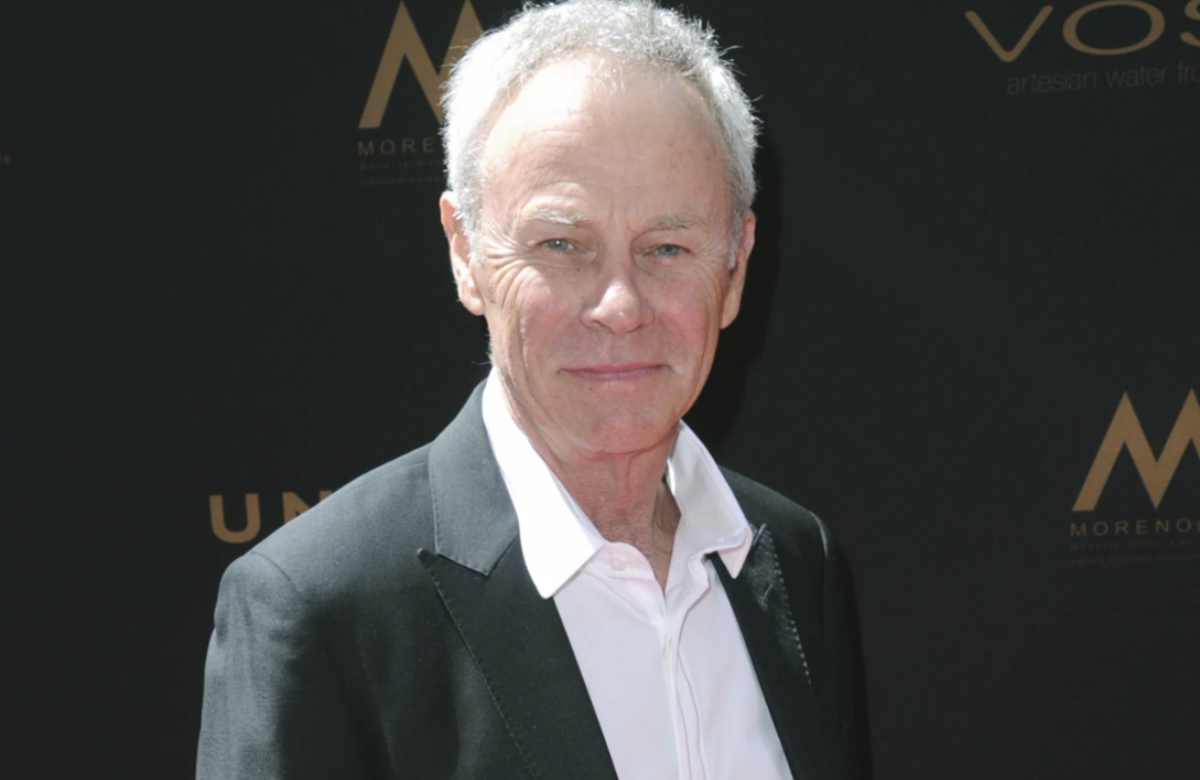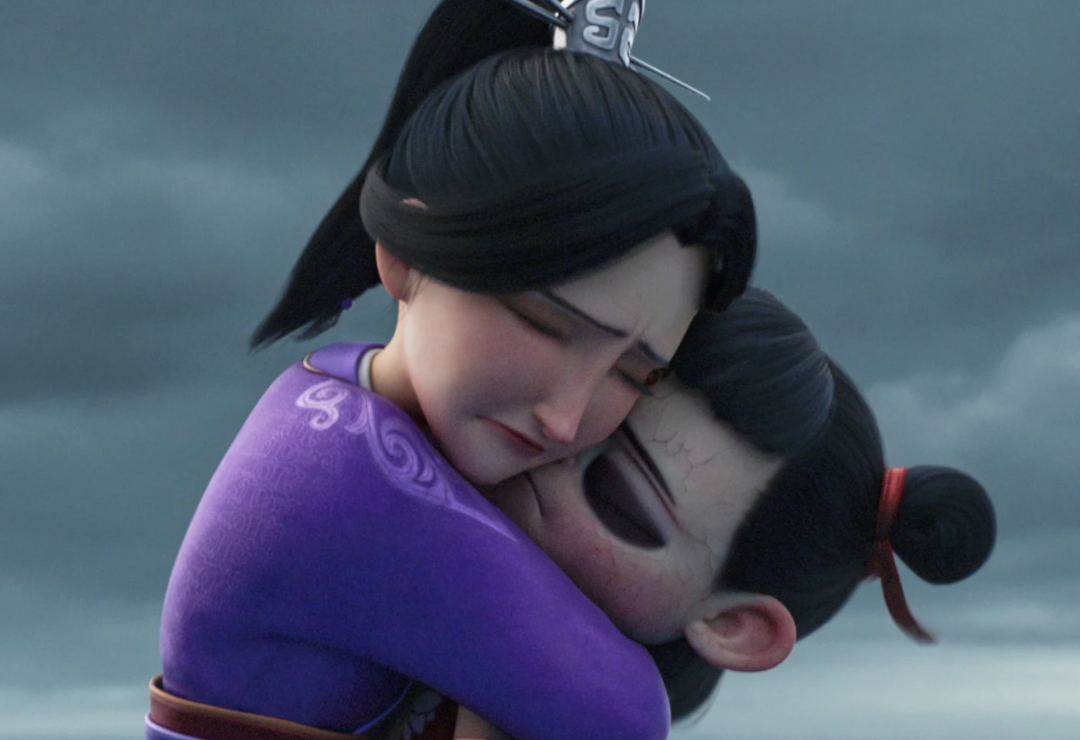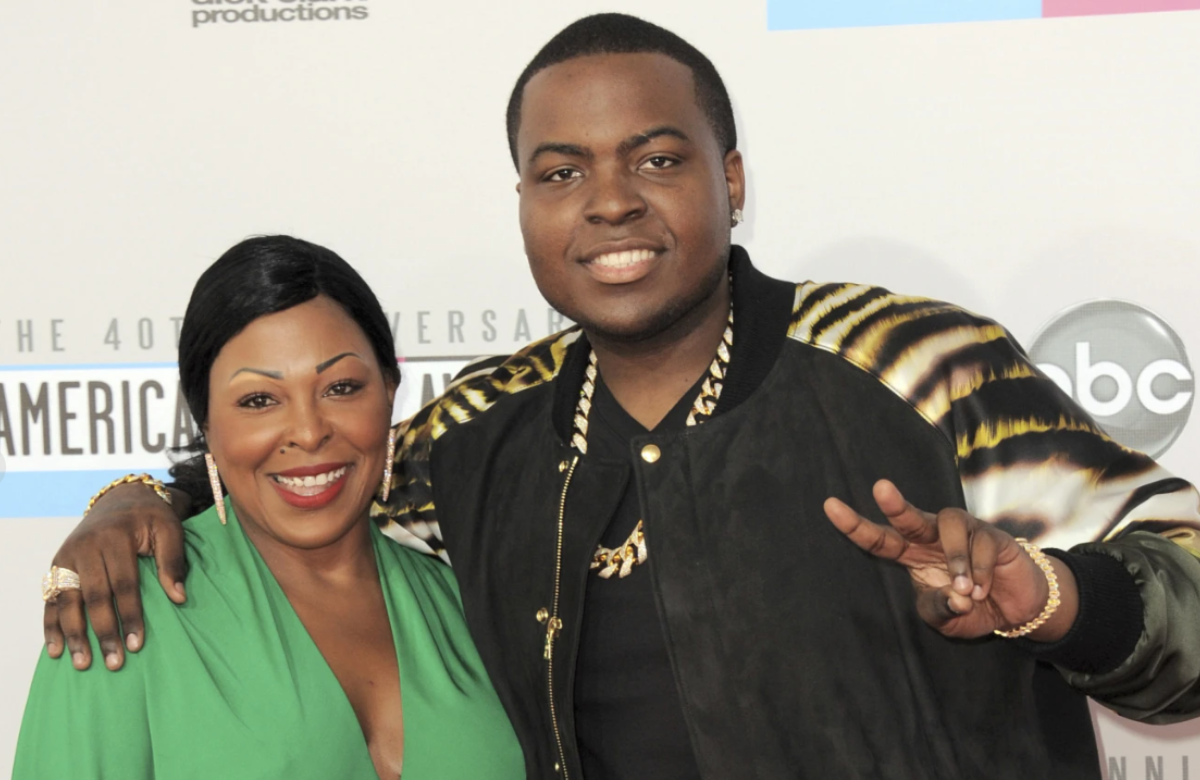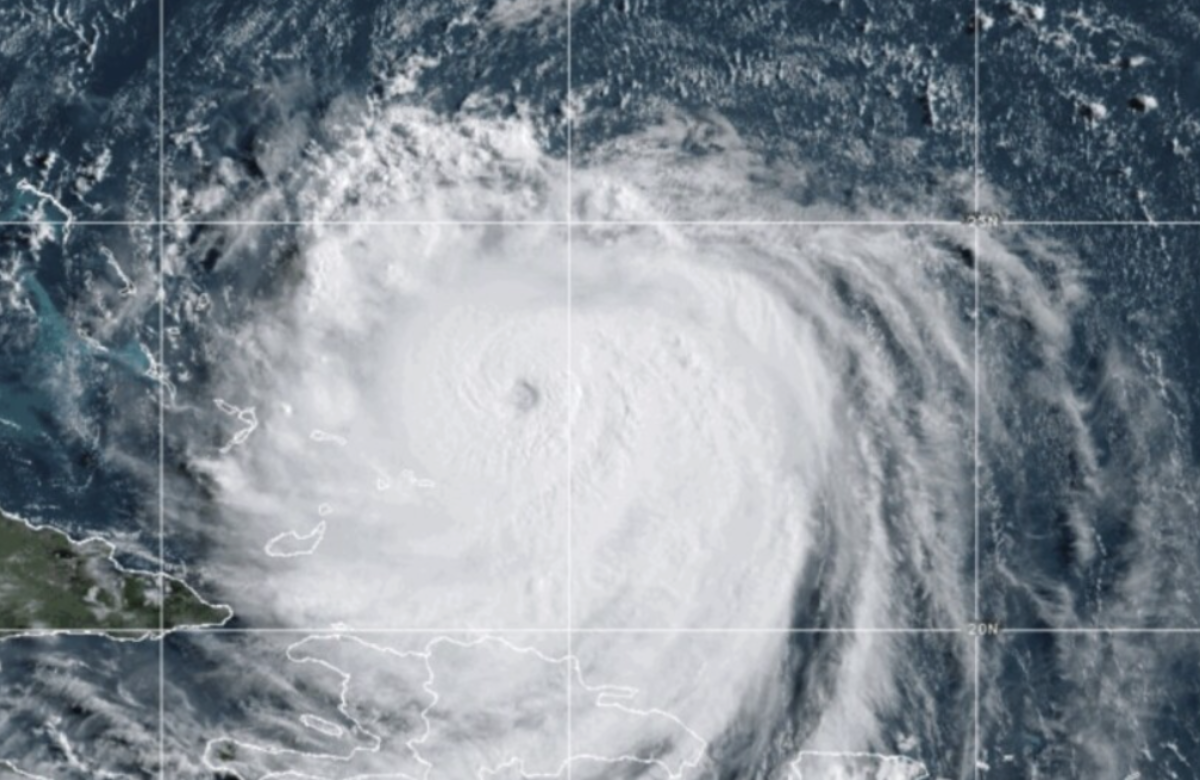In the follow-up to the critically acclaimed “Joker,” titled “Joker: Folie à Deux,” director Todd Phillips takes audiences on a darker yet oddly sweeter journey. This sequel, starring Joaquin Phoenix as Arthur Fleck, reimagines the iconic character in a way that combines elements of romance and musicality with his usual descent into madness. As Arthur navigates his new reality, the film raises profound questions about empathy and love while showcasing a striking performance from Lady Gaga as Harley Quinn.
Set two years after the events of the first film, “Folie à Deux” continues to explore the aftermath of Arthur’s transformation into the Joker. This time, however, it introduces a more complex narrative centered around love and companionship. The sequel cleverly plays with the idea of a love story between two broken individuals, inviting viewers to ponder whether it is possible to find solace amidst chaos. As a follow-up to the 2019 blockbuster, which was a cultural phenomenon, this film ambitiously seeks to build upon its predecessor’s themes while venturing into new territory.
The Dynamic Duo: Arthur and Harley:-
In “Folie à Deux,” Arthur, who has been incarcerated at Arkham State Hospital for his infamous crimes, has lost his signature laugh and his zest for life. With his sanity hanging by a thread, he finds himself in music therapy sessions, where he meets Lee Quinzel (played by Lady Gaga), a captivating and troubled woman who is infatuated with the Joker. Lee, who has her own dark past—including setting fire to her parents’ home—quickly becomes a central figure in Arthur’s life. Their shared experiences and artistic connection blossom into a relationship that brings both tenderness and turmoil, blending the harsh realities of their lives with whimsical moments of song and dance.
As the film progresses, Arthur and Lee share an emotional bond that elevates the narrative beyond mere chaos. Their interactions are punctuated by musical numbers, showcasing Gaga’s powerful vocal performances alongside Phoenix’s surprising tap-dancing skills. Their duet of the Bee Gees’ “To Love Somebody” captures a moment of vulnerability, illustrating how love can flourish even in the darkest of places.
A Multi-Genre Exploration:-
“Joker: Folie à Deux” attempts to blend various genres, including prison drama, courtroom thriller, and musical. The film’s multifaceted approach keeps audiences engaged, but it sometimes feels disjointed. While Phillips successfully crafts compelling scenes within Arkham and the prison system, the story falters during the trial sequences, where the film veers back into familiar territory. This could leave some viewers feeling that the film is recycling plot points and characters from the original “Joker,” rather than expanding its narrative scope.
Despite these criticisms, the movie delivers poignant moments, particularly when exploring Arthur’s inner struggles. Phillips captures the juxtaposition of Arthur’s dark humor with his quest for connection, which ultimately lends the film a layer of depth. As Arthur confronts his own demons and contemplates his actions, the narrative shifts towards an exploration of redemption and the possibility of change.
Musical Elements and Thematic Depth:-
The incorporation of musical elements in “Folie à Deux” marks a significant departure from its predecessor. While the first film leaned heavily into a nihilistic tone, the sequel brings a sense of hope and sweetness, albeit within a grim context. The film’s musical numbers, featuring both original compositions and classic hits, provide a stark contrast to the surrounding violence and despair.
Gaga’s portrayal of Harley Quinn adds another layer of complexity to the film. Her character serves not only as a love interest but also as a catalyst for Arthur’s emotional awakening. Together, they navigate a tumultuous relationship that echoes the chaotic nature of their lives, encapsulating the essence of what it means to be both a villain and a lover.
As the film progresses, it delves into the darker aspects of their relationship, highlighting the volatility and danger inherent in love. The chemistry between Phoenix and Gaga is palpable, drawing viewers into their turbulent romance. This interplay of passion and peril ultimately creates a dynamic that is both captivating and unsettling, a hallmark of the Joker and Harley Quinn saga.
In summary, “Joker: Folie à Deux” is an ambitious sequel that challenges conventional storytelling by merging elements of love, madness, and musicality. While it may not reach the same heights as its predecessor, the film offers a unique exploration of two damaged souls searching for connection in a chaotic world. Phoenix’s haunting portrayal of Arthur and Gaga’s vibrant interpretation of Harley Quinn provide a compelling anchor for the film, making it a thought-provoking addition to the Joker narrative.
As audiences prepare for this new chapter, they are reminded of the complexities of love and the human experience, even within the confines of darkness. “Joker: Folie à Deux” is a film that dares to dance on the edge of despair while inviting viewers to experience the transformative power of love—however flawed it may be.


